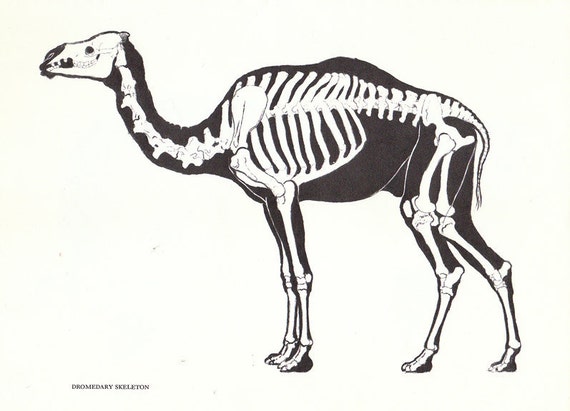1. Topic/Research Question
2. Pre-search
3. Research
4. Outline
5. Research
6. Fill-in-the-blanks
7. Edit
This is it! This is when you make your own template for the fill-in-the-blank! You are going to take your question and the pieces of information you found and make a skeleton of the answer to your question. Often what people (teachers) call this is your outline. This is the backbone of what the answer is going to be.
Essentially you are making a skeleton and will "flesh" it out later.

Examples:
- Chronological--you can put things in the order that they happened, like a timeline, and draw links between the events.
- Relationship--you can put the things that are related together and explain the connection.
- Causation--you can show the cause and effect or something (or show the effect and then discuss the cause).
There are a lot of variations just within these three ways of organization; choose one that complements your sources.
DO NOT worry about a thesis, yet. You just want to make sure you get the main points down so you know what steps you are taking to get from the question to the answer. (If you do have thoughts along that direction, though, write them down so you have them to refer to and free up your brain waves to think about something else).
Once you get the major points down, add the little steps that get you from one to the other. Don't worry about complete sentences at this point; just get your thoughts down on paper. Also, don't be afraid to look at it and say, "That's not going where I want." and scrap it! Try again. Since you're not putting a lot of time into writing paragraphs, you can spend time making sure your organizational method works.
Now that you have your skeleton in place (major points) and your supporting details (tendons and ligaments), it's time to research!
WAIT! I can hear you say. We already did that in Step 3!
I know, but that was to find information and figure out what steps to take to answer your research question. This step of research is to refine and strengthen your argument. You're not reinventing the wheel, just aligning it a bit better (I like to see how many different metaphors I can make for one subject. By the way, if you count them, let me know how many I achieved). But that's a subject for another post...
Step 5 Research!
No comments:
Post a Comment